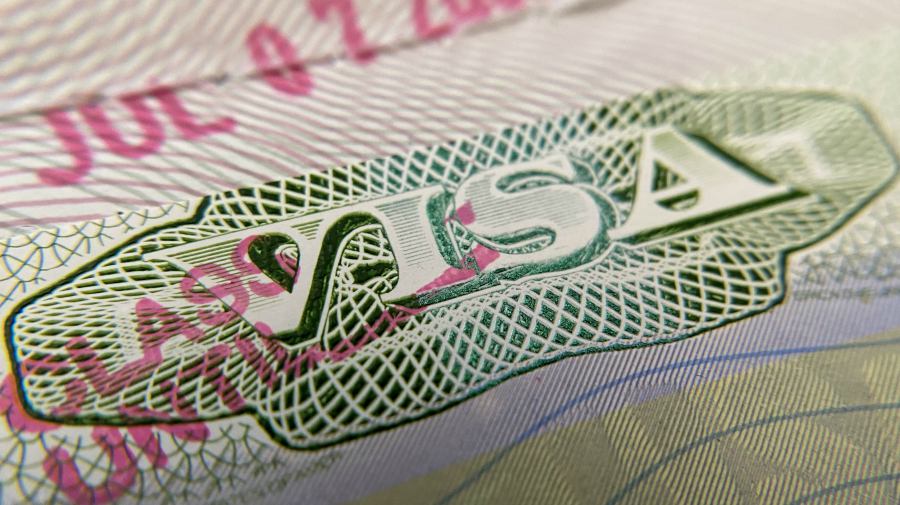
Visas will be “available in the coming months” through a rule to be published in the Federal Register, the gazette published by the U.S. government, the U.S. Department of Homeland Security has confirmed.
The United States announced on Tuesday 22,000 new visas for non-agricultural workers, including 6,000 for people from El Salvador, Guatemala and Honduras, countries that make up the North Triangle of Central America, which is an expansion of the quota established each year by Congress.
This was stated in a statement by the Department of Homeland Security (DHS, in English), noting that the visas will be created in accordance with an executive order of US President Joe Biden on the creation of ‘a comprehensive regional framework to address the causes of migration, manage migration across North and Central America, and provide safe and orderly processing of asylum seekers at the U.S. border.’
You can read: Salvadoran Tepesian goes to the United States Supreme Court because they close his way to legalize
Secretary of Homeland Security Alejandro Mayorkas noted, quoted in the note, that this increase demonstrates the DHS’s commitment to “expand legal avenues” for people from the Northern Triangle, a region that contributes the bulk of the migrants arriving in the US irregularly, have a chance in that country.
Mayorkas recalled that this H-2B visa program “is designed to help employers fill temporary jobs.”
Visas will be “available in the coming months” through a rule that will be published in the Federal Register, as the country is called the official gazette of the federal government, the information added.
Under the amended version of the Immigration and Nationality Act, the U.S. Congress set a limit of 66,000 visas per fiscal year, with a quota of 33,000 for workers hired in the first half of the year (from 1 p.m. October to March 31) and the remaining 33,000 plus those not used in the first stretch of the year available for the second half (April 1 to September 30).
You may be interested in: One person dead and two injured, balance after supermarket shooting in New York
DHS reported that on February 12, it was announced that the U.S. Citizenship and Immigration Service (USCIS) had received enough requests to meet the H-2B limit scheduled for the second half of the year. fiscal.
The H-2B program “allows U.S. employers or employment agents who meet certain specific regulatory requirements to bring foreigners to the United States to temporarily fill non-agriculture-related jobs,” the USCIS explained to the your website.
According to the NGO Center for Migrant Rights, Mexican workers account for the majority of participants in the H-2B program, with about 74% of the workforce contracted with these visas in 2019.
That same year, 90% of the workers were male and barely 10% female.